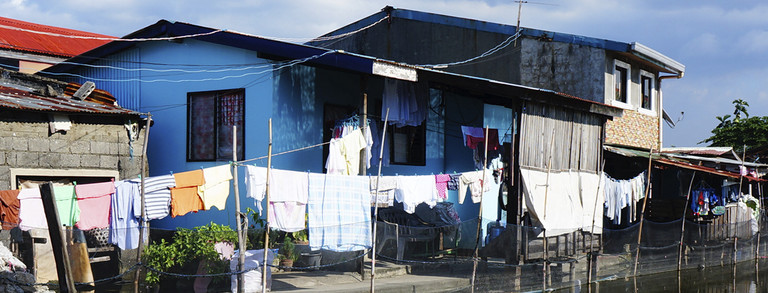Hanoi Metropolitan Area
Hanoi has a similar situation to Metro Manila in terms of hazard exposure (mostly flooding) and re-developing informal settlements. Along with the growing trends of immigration into Hanoi, it has been argued that hazard prone areas are an integral part of Hanoi's migration dynamic in that it creates the conditions that have made certain areas of the city affordable, thus enabling settlement by low-income people. The majority of migrants, especially migrants without residential registration, have no opportunity to access any information from district-level authorities, and thus lack the support that is being offered to formal residents from district-level government. Though informal settlements are decreasing as a result of the general rapid economic development in Vietnam, informal constructions and un-registered settlers are among the most vulnerable groups to natural hazards.
Recently, local government interventions have sought to 'manage migration' through policies designed to restrict entry to the city and to 'manage disasters' by reengineering the city's infrastructure.
However, it is still unclear how the remaining informal settlements would be redeveloped, for instance, with upgrading or relocation measures, and for whom they would be redeveloped. As in Manila, the informal economy and informal settlements are deeply connected yet the legal-political context of the Socialist Republic of Vietnam is quite different from the one in the Philippines.





